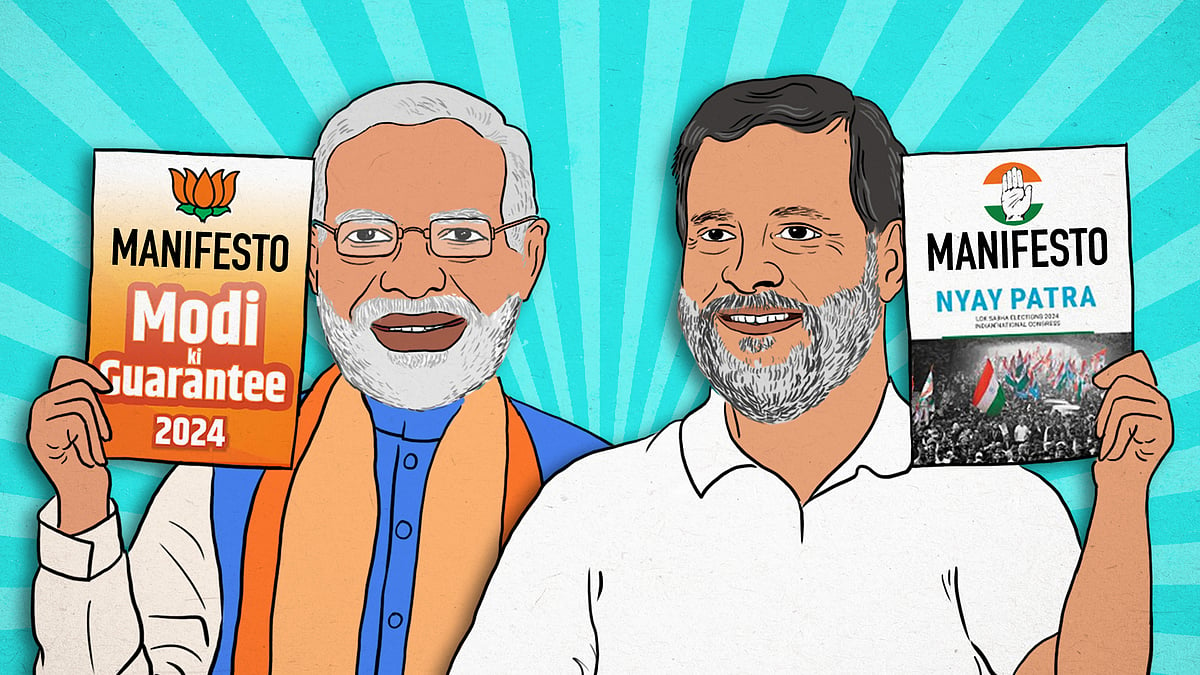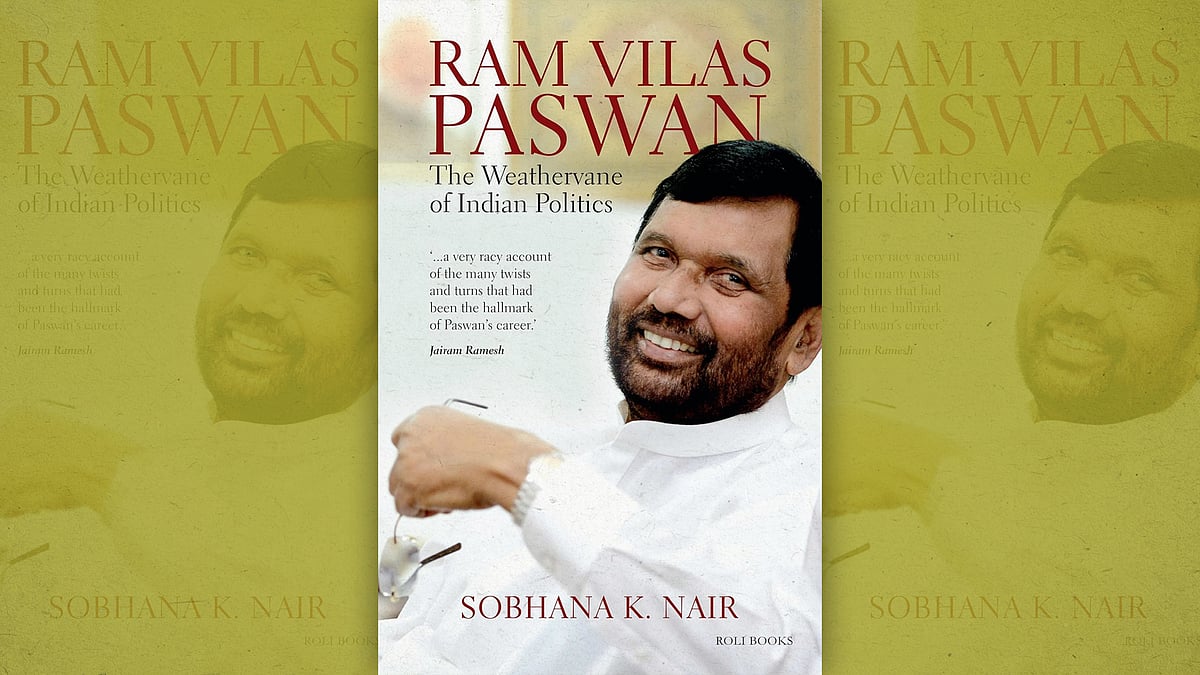Silver screen doesn’t mirror UPSC aspirants, tells little about bureaucrats’ real world
Movies about aspirants and bureaucrats have been recycling stereotypes into formulaic motivational tales.
“I don’t watch films that glamourise civil services. It is a serious profession and I do not want to see any fancy portrayal,” said 24-year-old Nausheen when asked whether she had watched the Bollywood film 12th Fail. She has secured the ninth rank in the recently declared results of the UPSC civil services examination.
Even if stating the obvious, this is one of the more important things she would say in many more media interactions that await her as one of the top achievers in the country’s most prestigious exam. It turns a critical gaze at some recent trends in popular culture.
In the last few years, there has been a spurt in movies, like 12th Fail, or OTT web series, such as Aspirants, woven around the theme of candidates preparing for the IAS exam or the working of the new recruits to the upper crust of India’s bureaucracy. But they churned out stagy accounts of preparatory journeys and romanticised the hard grind of lakhs of aspirants competing to join the coveted civil services.
Mostly, they ended up having a dumbing-down effect, recycling stereotypes of the preparatory hubs in Delhi. Brushing aside details, this usually meant making everything else fit into a rather formulaic motivational tale of an underdog defying odds to achieve success.
Even if some of these films claim to be loosely based on some autobiographical inputs from serving officers, that hasn’t come in the way of the melodramatic sweep of what these films offer. Far from giving a realistic look at the long-drawn UPSC examination process and what attempts actually entail for different sets of aspirants, these films get stuck in a dilettante’s oversimplified frame and Bollywoodsque mould.
Usually, such portrayals have drawn plot sustenance from the stories flowing from the instant social mobility, recognition and power that a career in civil services offers across groups – from the affluent to the downtrodden. The potential of such a sudden rise has an inherent dramatic element – it draws on how in the last decade a social scientist had described civil services exams as “class changing exams”.
Every year, including this year, there are many tales of candidates overcoming barriers of poverty, lack of facilities, and remote location to figure in the final merit list. The certainty of upper social mobility is the stuff of narratives regarding young Indian civil servants spread over decades, even centuries.
In 1975, for instance, in his foreword to India: A Wounded Civilisation, V S Naipaul writes about meeting a young civil servant in Delhi, whose family had been in the city for the last eight centuries, and goes on to remark that the young man’s entry into the IAS marked something seminal for his family. “The entry of a member of the family into the administrative service was a break with the past, a step up after eight hundred years,” Naipaul observes.
But the problem is that these films don’t offer a measured social register about the stories of candidates emerging from the margins of society to scale the civil service peak. Instead, they turn it into a maudlin narration of perseverance, often ‘othering’ their competitors, sometimes to the extent that the protagonist seems a caricature of what he is being portrayed, as does the milieu in which he is placed and the supporting cast of characters.
If the success stories are trite and formulaic in these films, the portrayals of failures – in fact, lakhs of failed attempts by candidates each year – is sporadic and inadequate. In such depictions, these films miss an important point in being too “eventful”, a flaw that’s common in some literary work reflecting on this part of a candidate’s journey.
These accounts lose sight of the fact that the key is to portray the uneventfulness of the phase. It’s the prosaic uneventfulness – a still and unexciting series of non-events – that fills the 20s of a regular IAS aspirant. This could extend to the time when the failure is formal at 30 (now 32), awkwardly grappling as a late social entrant with the world that was still moving.
Some facets of these films also seek to ride on the thriving motivation industry, which is populated these days by many coaching institute teachers too. In fact, the extension of teaching to the pedantic drills of online motivation lectures has been a profitable add-on to their profession for many coaching mentors, if not altogether an exchange. No wonder, a popular film in this genre and a popular web series haven’t hidden their association with two private institutes engaged in coaching civil service aspirants. That’s another pitfall of creating a public sphere out of personal impulses like motivation. One wonders why a serious candidate has to look beyond his own hard work to get motivated for an outcome.
However, the most significant subtext of what Nausheen said is a reminder about a key part of the ethos of civil services – keeping low profile, while being vested with high power and entrusted with great responsibilities. Maintaining a low key profile has always been seen as an unwritten tenet of bureaucratic conduct, important for providing an impersonal frame to what Max Weber called the “rational-legal basis” of the modern bureaucracy.
In India, along with successive generations of Indian civil servants, even the citizenry has been aware of the significance of bureaucrats keeping a low-key profile while holding powerful offices. One particular instance comes to mind to illustrate the point. Almost a decade-and-a-half ago, reacting to Outlook’s cover story on the changes in the social profile of new entrants to Indian bureaucracy, a reader, AVS Reddy, wrote: “ Agreed that your story got the facts right, but publishing them wasn’t in the right spirit – of the civil services or journalism. For, a civil servant is ideally expected to function efficiently but keep low-key – any publicity may only spoil…’’
Perhaps, that also should remind many serving bureaucrats that spawning personal popularity turf on social media, as many of them can now be seen doing, doesn’t neatly fit into the higher call of their wide ranging duties as the appointed authority of the state.
In asserting, even if unintentionally, a key part of the ethos and nature of civil services, a recently selected administrator like Nausheen’s reply to a media question cuts through the current fluff of celluloid portrayals of civil services aspirants. In doing so, she seems to have placed impersonal conduct and low-key profile as integral to the profound tasks that Lord Cornwallis-instituted service has been performing in India since the late eighteenth century.
As the successor to the deep traditions of the ICS, which the then British Prime Minister David Llyod George famously called the “steel frame” on which the whole government rests, the IAS and other all-India civil service retained high trust and respect of the founding fathers of the new Indian republic. Much of its subsequent journey resisted the lure of publicity and larger-than-life projections.
Now, as always, its deep imprint on the very day governance of India defines its essence, and all of that is better realised far away from the trappings of public adulation and the fluff of shallow cinematic portrayals.
 In manifestos: Cong’s tick-all eagerness vs BJP’s cagey confidence, but welfarism is common thread
In manifestos: Cong’s tick-all eagerness vs BJP’s cagey confidence, but welfarism is common thread Though limited in ambition, Sobhana K Nair’s book offers a dispassionate sketch of Ram Paswan’s journey
Though limited in ambition, Sobhana K Nair’s book offers a dispassionate sketch of Ram Paswan’s journey Election Commission’s model code: Need for legal teeth vs practical concerns
Election Commission’s model code: Need for legal teeth vs practical concerns